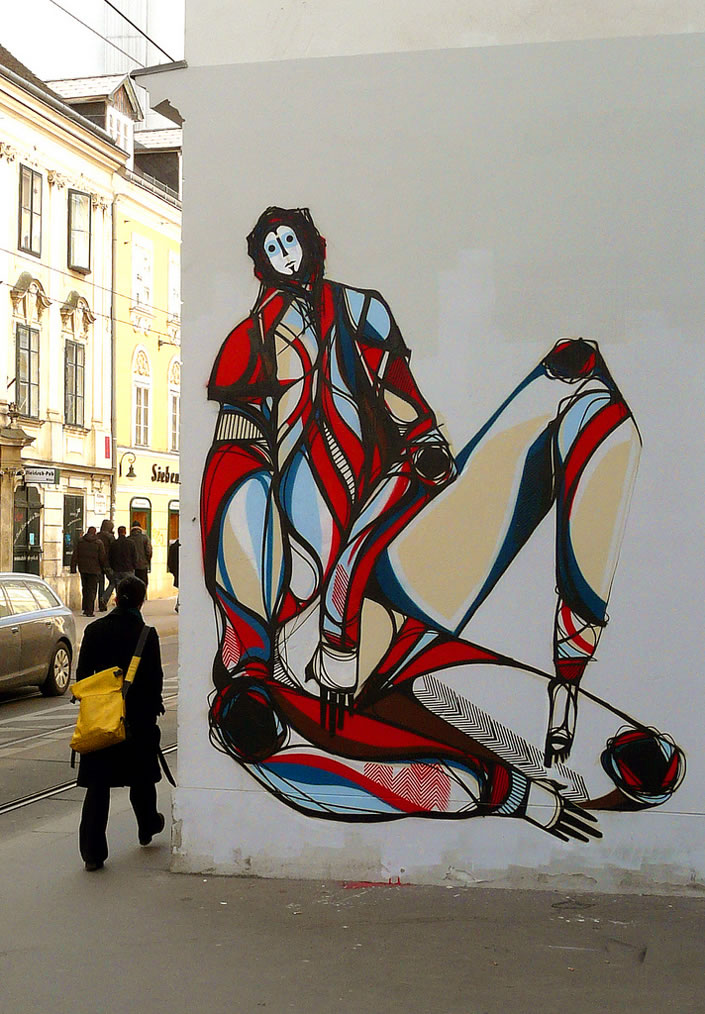Art.is.

The arts encompass a vast array of creative expressions that have been an integral part of human culture throughout history. From visual arts like painting and sculpture to performing arts such as music, dance, and theater, artistic endeavors provide avenues for self-expression, reflection, and communication. In this essay, we will explore various aspects of the arts and their significance in society.
Visual arts play a crucial role in capturing the essence of the human experience. Through paintings, sculptures, and other visual mediums, artists convey emotions, ideas, and societal themes. For example, the Renaissance period in Europe saw a resurgence of interest in classical art forms, with artists like Leonardo da Vinci and Michelangelo creating masterpieces that continue to inspire awe and admiration today.
Similarly, modern and contemporary art movements challenge traditional notions of art and explore new forms of expression. From abstract art to street art, artists push boundaries and provoke thought, inviting viewers to interpret their work in unique ways.
In addition to visual arts, performing arts hold a special place in human culture. Music, in particular, transcends language barriers and connects people on a profound level. Whether it's classical symphonies, jazz improvisations, or pop songs, music has the power to evoke emotions and create shared experiences.
Dance is another form of performing art that communicates stories and emotions through movement and rhythm. From ballet to hip-hop, dance styles vary widely across cultures, reflecting diverse traditions and values.
Theater, meanwhile, brings narratives to life through live performances. Actors, directors, and playwrights collaborate to create immersive experiences that engage audiences and provoke thought. Whether it's a Shakespearean tragedy or a contemporary comedy, theater allows us to explore the complexities of the human condition.
Beyond their aesthetic value, the arts play a crucial role in society by fostering creativity, critical thinking, and empathy. Arts education helps cultivate these essential skills in individuals of all ages, encouraging innovation and self-expression.
Furthermore, the arts contribute to economic growth and cultural enrichment. Museums, galleries, theaters, and concert halls attract tourists and stimulate local economies. Cultural institutions also serve as hubs for community engagement and dialogue, bringing people together to celebrate shared heritage and values.
In conclusion, the arts are a vibrant and essential aspect of human civilization. From ancient cave paintings to modern multimedia installations, artistic expressions reflect our collective imagination and aspirations. By embracing the arts, we enrich our lives and deepen our understanding of ourselves and the world around us.
